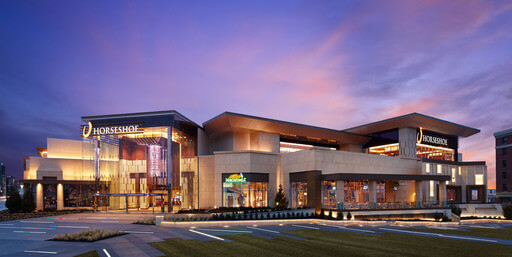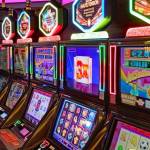Someone once said, “90 percent of everything you worry about never happens.” Then there is that other 10 percent…
The new Horseshoe Casino in Baltimore, Maryland got rave reviews in its first week of operation. It was expected to attract new gamblers from all around the area, and its opening just before the Labor Day weekend did exactly that. The casino was filled to capacity, doors guarded by the fire marshal, with people waiting in line to play. Even with the number of casinos that open every year all around the country, that is hardly a common occurrence.

That was then, this is now. Only a few months since the record breaking grand opening, there is growing concern that the casino will fail to meet its revenue expectations, as it currently is bringing in less than half of its expected monthly net – about $22 million versus the anticipated $53 million. The final numbers are yet to be released, but it already looks to be a heavy blow to Maryland’s bottom line. Carly Simon was right. Anticipation keeps us waiting, but until then we will just stay right here because these are the good old days.
Again, this is not about the players as much as it is about the state’s pocket and the expected tax revenues local communities are waiting for. Originally the purpose of allowing state lotteries and casino operations exist at all was for the purpose of generating additional revenue that would pay for things such as education. These were excluded from any state budget planning, primarily because the states did not view casino revenue as a sure thing. If the money came in, then it would be decided on what to do with it. The good old days.
Back to reality at the Horseshoe and its value that is now coming into question. It appears as any shortfall of the hoped for $53 million take will adversely impact the state and the local community budget plans. So its success or failure will be decided not by its profitability, but the expectations that were placed on it before it opened its doors. There will be no champagne breakfast unless the profits meet what appears to be a random number, a nice big one at that.
This logic defies the very nature of gambling. How can a casino – whose profits are based on people not just walking through its doors, but gambling – be expected to meet a specific monthly dollar goal? The external forces that act on the casino range from the national economy to the disposable income of the individual citizen. Any basic economics book will tell you this range of factors is about as predictable as the weather, or a roll of the dice at a craps table.
Illogical as it is, because this is the current business and profit model for state-operated lotteries, gamblers and non-gamblers alike can expect to see more and more advertising to get them to buy into the state supported model. It is a strong argument for the anti-gambling groups since state tax dollars are being used to fund the advertising. Bigger than this, the model demands participation by the majority of a state’s population if it is going to meet its budget. The reason: gambling revenues are a large part of many state’s budgets.
To sum up, if the Horseshoe Casino Maryland falls short of its monthly projected $53 million in revenue, local budgets will incur a shortfall, local projects will go unrealized, and the entire idea of building it in the first place will come into question. What is forgotten in this maze of numbers and political concerns is why the casino was allowed to be built is — the players.
The Horseshoe is one story, but there are others with the same melancholy song. It is not about profitability for us, but about meeting expectations of local politicians and the budgets of local communities, who include their expected cut into the promises made to voters and citizens. Players of the lottery and regular casino goers rarely are concerned about why the gambling choices exist, only that they have another entertainment option available.






